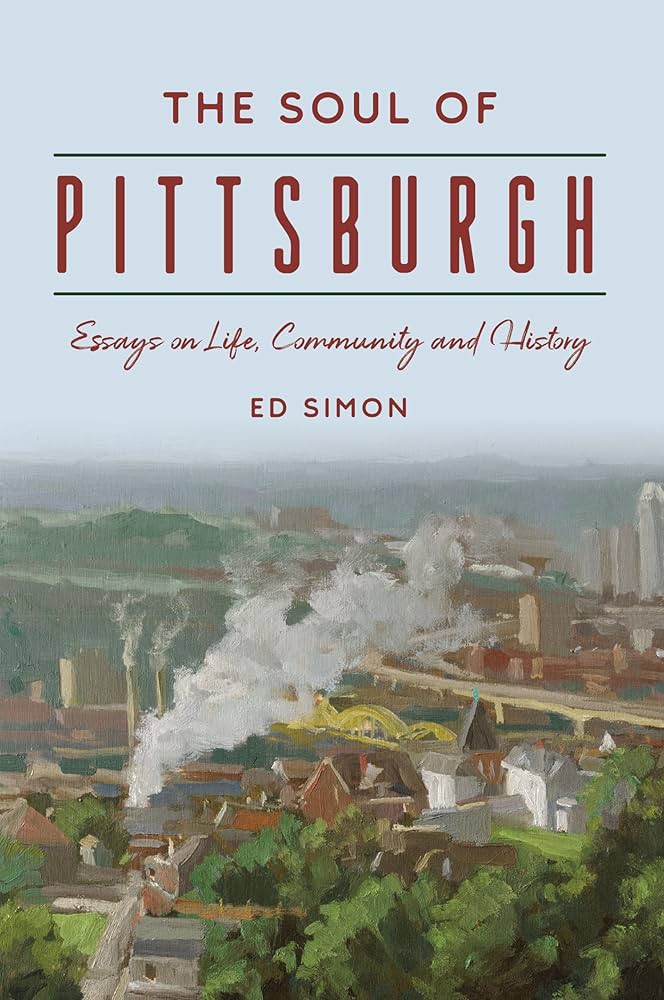The two centuries hence have been more fruitful, even if national critics don’t ascribe to the Three Rivers the same literary significance that they would to the cities of the East Coast or, later, the West Coast. New York had Henry James and Edith Wharton, Boston was home to Nathaniel Hawthorne and Louisa May Alcott and urban latecomer Chicago can boast Carl Sandburg and Saul Bellow. Los Angeles may have given the world noir with Raymond Chandler and Dashiell Hammett, but when it comes to a distinctive “Pittsburgh School” of literature, such a designation seems not just a misnomer but something not even considered. This is not for lack of talent—Pittsburgh has produced or strongly influenced Willa Cather, Gertrude Stein, Thomas Bell, Rachel Carson, Kenneth Burke, James Laughlin, Robinson Jeffers, Malcolm Cowley, Edward Abbey, W.D. Snodgrass, John Edgar Wideman, Annie Dillard, Michael Chabon, Stewart O’Nan and Terrence Hayes, which isn’t even to begin grappling with the imposing theatrical monument that is August Wilson’s unparalleled Pittsburgh Cycle or contemporary prodigies like Brian Broome, Deesha Philyaw, Brian Bacharach, Ellen Litman and Damon Young. Even our two Saint Andys—Carnegie and Warhol—produced prose in the form of The Gospel of Wealth and The Philosophy of Andy Warhol (From A to B & Back Again), which have their own unusual charms. Like Ireland or Czechoslovakia, Pittsburgh has produced literary wealth far beyond its relative size. Nobody less than Herman Melville would write in 1850 that “men not very much inferior to Shakespeare are this day being born on the banks of the Ohio,” but the establishment of anything that could be considered a cohesive “Pittsburgh School,” something that unites Cathar with Hayes, Carson with Bell, remains elusive. An oversight, because I’d argue that any consideration of the canon of Pittsburgh easily demonstrates a unifying thread, as diverse as the writers from this city have been, which connects all the way from Scull’s workshop to today’s Madwoman in the Attic workshops hosted by Carlow University or the readings at Bloomfield’s White Whale Bookstore.
The land of the Ohio confluence is defined by geographical liminality: neither east nor west and strung along the border between south and north. The original major metropolis was established after the United States itself, so that Pittsburgh was the first new place, the oldest new place. Unlike Boston, New York or Philadelphia, Pittsburgh was really built as an American city and not as a European city in exile. The result is that of urban literatures, Pittsburgh’s was the first to grapple with what the word American meant, and its in-between position within the country allowed itself to continue doing so over the next two centuries. If it’s been difficult to parse out a separate Pittsburgh School, then arguably it’s because the writing of the city is as synonymous with America as the city is with the nation. The writers of Pittsburgh were the first not to look toward the Atlantic and Europe but rather toward the continent and beyond, in a literature that progresses westward with the course of empire and all the brutal settler-colonialism and then industrial capitalism that would follow. That most of those with quill in hand wrote forgettable doggerel and essays about women’s chastity during the days when Fort Pitt was being disassembled doesn’t mean that all of them lacked vision, however.
